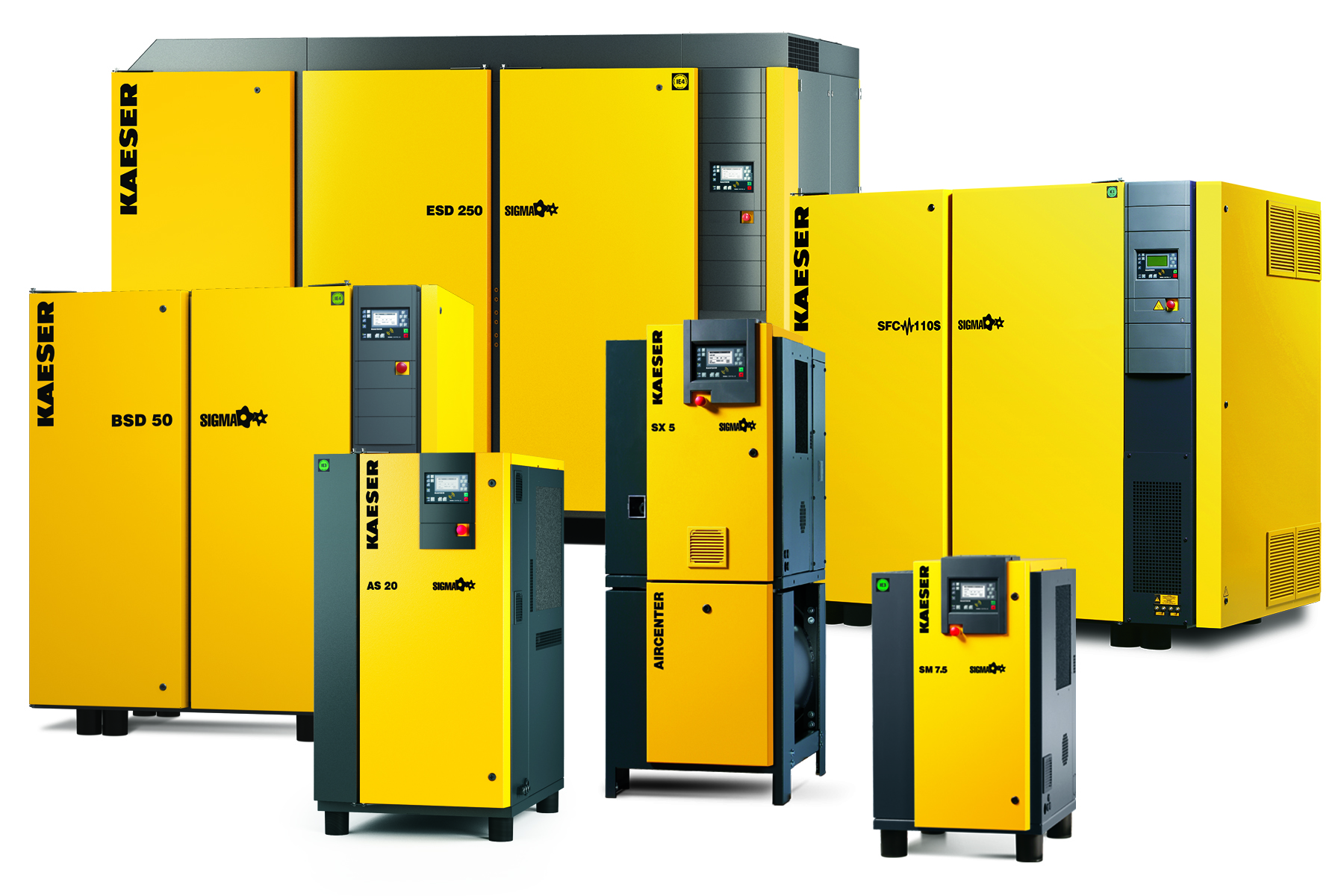Get your compressors ready after the holidays
The holidays are over and for many plants that mean seasonal shutdowns or lower production demands are also a thing of the past. While everyone is gearing up to start this year with gusto, don’t forget to stop and take a breath before bringing your equipment back online.

Here is a short list of points to check on your compressors to make sure they are ready to get back to work. The first three tips are important to check after any shutdown period. The last two apply to compressors that have been offline for an extended period of time.
Check the temp
Check the ambient temperature. If it is below 40°F, the compressor will need either a cabinet or ambient heater in order to start safely. If it’s too cold, the lubricant will not circulate through the unit properly, causing a cold start. Cold starts can cause unnecessary wear and tear on the motor and airend and sometimes even catastrophic failure.
Grease the motor bearings
Make sure the motor bearings are properly greased. Some compressors have external lubrication points which makes re-greasing easy. Otherwise, be sure to check the grease zerks (fittings) on the rear and front of the motor.
Valve off and start slowly
If you have any filtration in your compressed air system, valve off the compressors before starting and then slowly open the valve to the system. This will prevent the filter from being blasted with high-velocity air—which can cause damage to the filter elements and can also cause contaminants to enter the compressed air stream. To prevent this from happening in the future, consider installing an air main charging valve.
Prime with oil

If you have equipment that has been offline for an extended period of time (6-8 months), the airend will need to be primed with oil. This is typically done by removing the inlet valve and pouring oil directly into the airend. Check your service manual and consult the compressor manufacturer for specifics on the type and amount of oil to use. Don’t forget that during periods of shut down it is good practice to run the unit once a week for a least 30 minutes. This will help prevent corrosion—in particular on the airend and in the fluid separator tank.
Additional help for your compressors
For variable speed drive compressors that have been sitting for more than 12 months, they will need to have their capacitors re-formed before start-up to prevent severe damage to the electrical panel. Contact the manufacturer for help.


